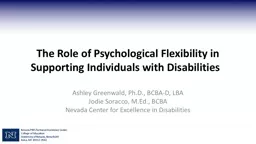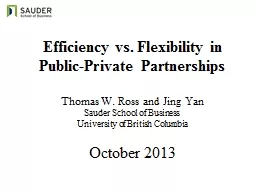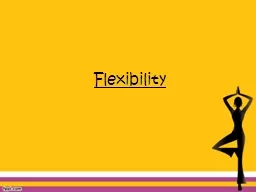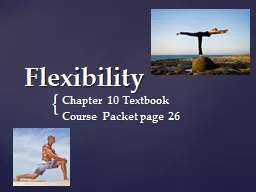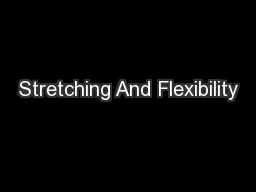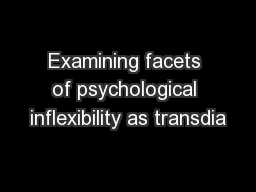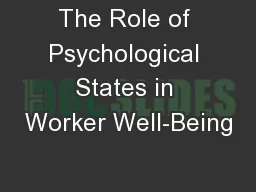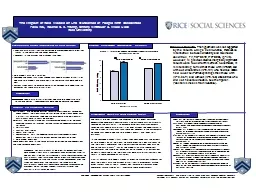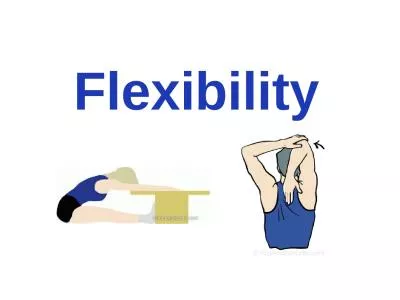PPT-The Role of Psychological Flexibility in Supporting Individuals with Disabilities
Author : popsmolecules | Published Date : 2020-06-16
Ashley Greenwald PhD BCBAD LBA Jodie Soracco MEd BCBA Nevada Center for Excellence in Disabilities Disclaimer Todays workshop is experiential in nature It may
Presentation Embed Code
Download Presentation
Download Presentation The PPT/PDF document "The Role of Psychological Flexibility in..." is the property of its rightful owner. Permission is granted to download and print the materials on this website for personal, non-commercial use only, and to display it on your personal computer provided you do not modify the materials and that you retain all copyright notices contained in the materials. By downloading content from our website, you accept the terms of this agreement.
The Role of Psychological Flexibility in Supporting Individuals with Disabilities : Transcript
Download Rules Of Document
"The Role of Psychological Flexibility in Supporting Individuals with Disabilities "The content belongs to its owner. You may download and print it for personal use, without modification, and keep all copyright notices. By downloading, you agree to these terms.
Related Documents

